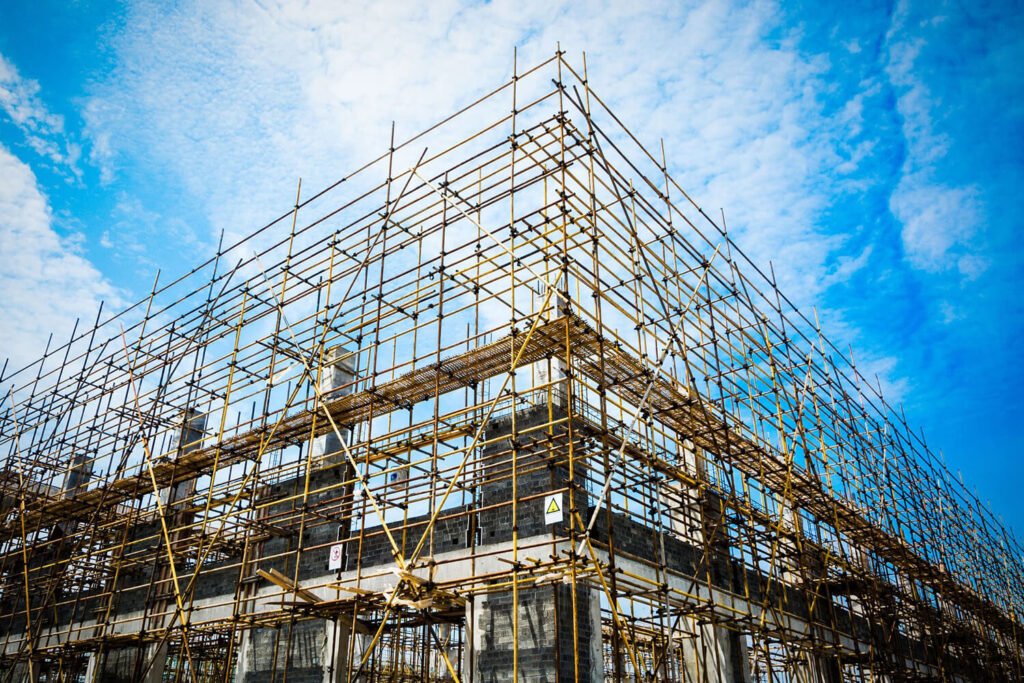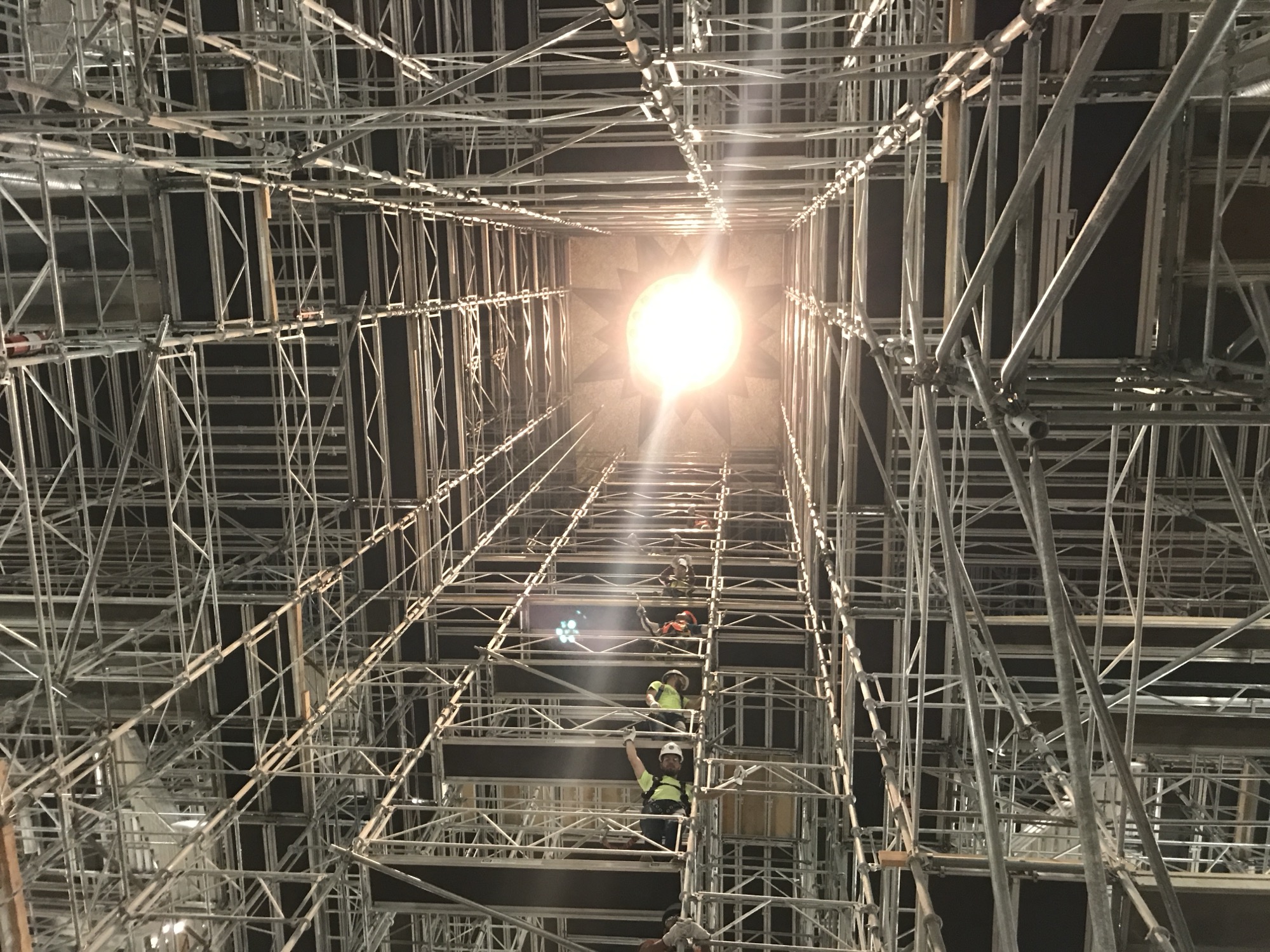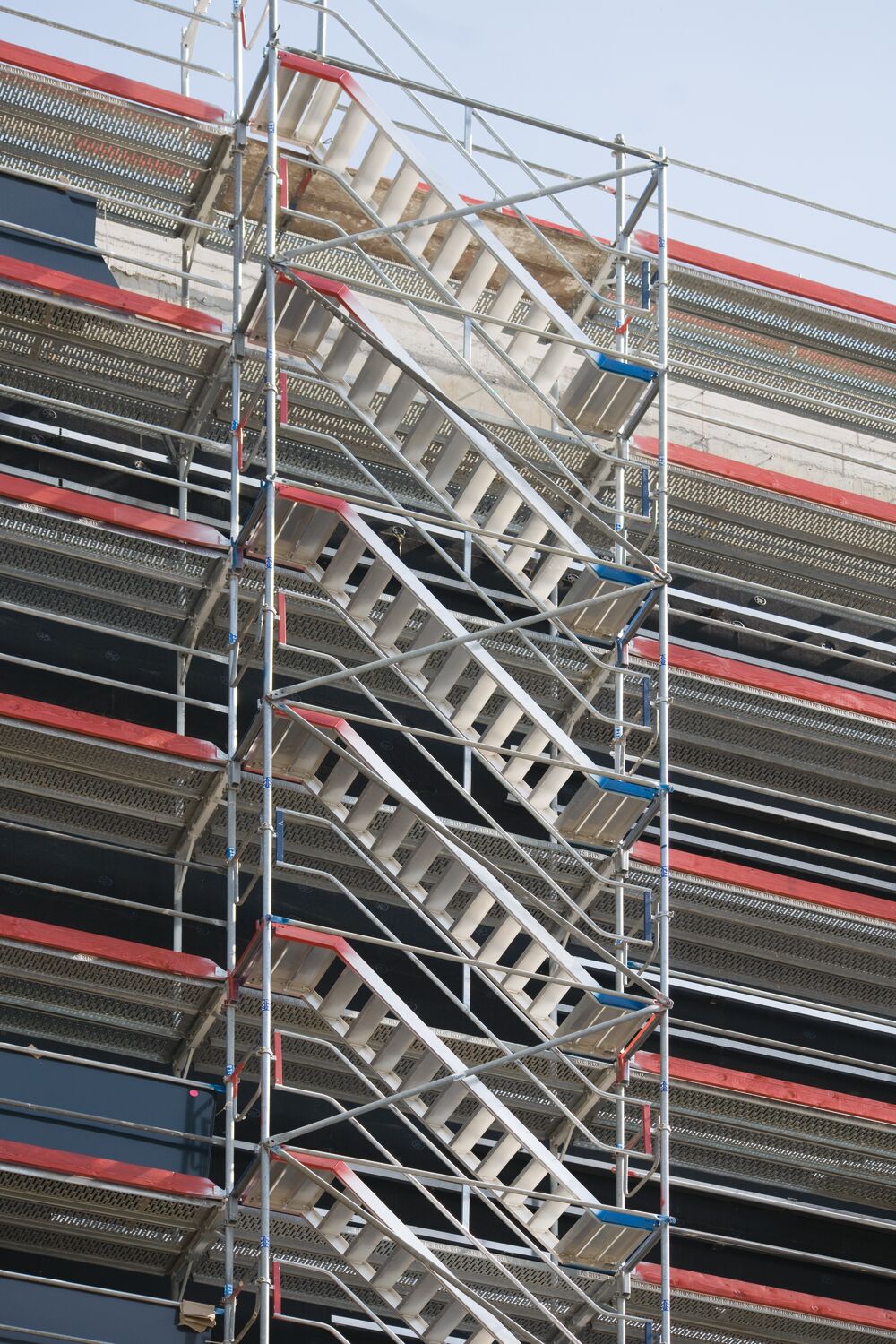Top-Notch Scaffolding Near Me: Expert Solutions for Every Job
Top-Notch Scaffolding Near Me: Expert Solutions for Every Job
Blog Article
Exploring the Different Sorts Of Scaffolding Used in Building Jobs
The construction sector counts greatly on different types of scaffolding to meet particular project requirements, each offering distinctive benefits and applications. Traditional framework scaffolding gives a durable structure for general tasks, while put on hold scaffolding is essential for work on high-rise structures.

Traditional Framework Scaffolding
Conventional frame scaffolding is just one of the most extensively used techniques in the building and construction industry because of its toughness and adaptability. This system includes straight and upright structures that are set up to create a secure system for employees and materials. The primary elements include upright articles, horizontal ledgers, and angled braces, which together give a strong structure that can support substantial tons.
One of the key benefits of traditional structure scaffolding is its versatility to numerous construction jobs, ranging from household structures to large industrial structures. The modular layout enables for very easy assembly and disassembly, making it effective for both temporary and long-term jobs. In addition, the system can be customized in height and size, accommodating different structure layouts and site problems.
Safety and security is critical in scaffolding applications, and typical frame systems are furnished with guardrails and toe boards to stop falls and guarantee employee defense. Additionally, routine inspections and adherence to security laws are vital in maintaining the integrity of the scaffold. In general, standard structure scaffolding continues to be a basic selection in the building and construction industry, giving a reputable platform for labor and improving general job performance

Suspended Scaffolding
Put on hold scaffolding provides an unique remedy for building and construction jobs that require accessibility to raised surfaces, particularly in scenarios where typical structure scaffolding may be impractical. This sort of scaffolding is commonly put on hold from the roofing system or top levels of a framework, using a system of platforms, ropes, and wheels to produce a functioning space that can be readjusted to numerous heights.
Among the primary advantages of suspended scaffolding is its versatility. It can be conveniently repositioned or decreased to accommodate adjustments in building demands, making it perfect for jobs such as window setup, frontage work, and upkeep on skyscraper buildings. Additionally, the marginal impact of put on hold scaffolding enables much better use ground space in metropolitan settings, where room is typically minimal.
Security is a critical factor to consider in the use of suspended scaffolding. Overall, put on hold scaffolding offers a effective and effective solution for accessing hard-to-reach areas in numerous building and construction scenarios, improving both productivity and safety on site.
System Scaffolding
System scaffolding, often related to as a modern option in the scaffolding market, consists of pre-engineered components that can be swiftly put together and adapted for various building and construction projects. Scaffolding. This kind of scaffolding is identified by its modular layout, which allows for flexibility and efficiency on job websites, fitting various elevations and architectural needs
Commonly made from high-strength steel or aluminum, system scaffolding uses boosted sturdiness and security. The elements include upright blog posts, straight ledgers, and angled braces, which adjoin safely, guaranteeing a durable framework. The layout commonly integrates standardized installations, simplifying setting up and disassembly procedures, thereby lowering labor time and expenses.

Rolling Scaffolding
Rolling scaffolding is a versatile option to standard fixed scaffolding, created for flexibility and ease of usage on construction sites. This sort of scaffolding contains a system sustained by frameworks with wheels, enabling workers to quickly relocate it as needed. The wheelchair function substantially improves productivity, as it minimizes downtime related to disassembling and assembling taken care of scaffolding.
Typically created from light-weight products such as aluminum or steel, rolling scaffolding offers a tough yet portable solution for tasks needing frequent repositioning - Scaffolding. It is specifically beneficial in jobs such as paint, drywall installation, and electric work, where accessibility to different heights and places is necessary
Safety and security is vital in rolling scaffolding design, with attributes such as locking wheels to stop unexpected movement when in operation, and guardrails to safeguard employees from falls. In addition, several models are flexible in height, suiting various job needs.
Cantilever Scaffolding

The style of cantilever scaffolding commonly entails making use of arms or brackets anchored to a structure or framework, allowing the platform to extend outward securely. Safety and discover this security is vital; therefore, these scaffolds need to be crafted to hold up against ecological problems and different tons. Normal evaluation and upkeep are important to make certain architectural honesty and employee safety and security.
Cantilever scaffolding is preferred for its adaptability and efficient use of space, making it a preferred option in city atmospheres where room constraints are common. It helps with simpler accessibility to high altitudes, ultimately adding to the scaffolding unterricht overall effectiveness of construction jobs. As with all scaffolding types, proper training and adherence to security criteria are important for workers using cantilever scaffolding.
Verdict
Conventional framework scaffolding supplies stability, while suspended scaffolding supplies adaptability for raised tasks. System scaffolding promotes quick assembly, and rolling scaffolding improves mobility for varying job settings.
Standard frame scaffolding gives a tough structure for basic jobs, while suspended scaffolding is crucial for job on skyscraper structures.Rolling scaffolding is a versatile choice to typical fixed scaffolding, developed for movement and ease of usage on construction websites. As with all scaffolding types, proper training and adherence to safety criteria are vital for employees making use of cantilever scaffolding.
Standard frame scaffolding provides stability, while put on hold scaffolding uses versatility for raised tasks. System scaffolding helps with fast setting up, and rolling scaffolding boosts wheelchair for differing job environments.
Report this page